 Roy Milton was one of the most important figures in the development of rhythm and blues. He is often thought of as the “West Coast equivalent” of Louis Jordan. Like Jordan his musical roots lay in the big band era, and also like Jordan he formed a small jump combo in the 1930s which went on to great chart success in the 1940s and early 1950s. Milton’s combo, The Solid Senders, developed a tougher, more bluesy sound than the Tympany Five, thanks in part to Milton’s voice being hoarser than Jordans, and also thanks to musicians like pianist Camille Howard, alto sax player Jackie Kelso, tenor sax players Buddy Floyd and Ben Waters (and briefly Red Prysock) and guitarist Johnny Rogers.
Roy Milton was one of the most important figures in the development of rhythm and blues. He is often thought of as the “West Coast equivalent” of Louis Jordan. Like Jordan his musical roots lay in the big band era, and also like Jordan he formed a small jump combo in the 1930s which went on to great chart success in the 1940s and early 1950s. Milton’s combo, The Solid Senders, developed a tougher, more bluesy sound than the Tympany Five, thanks in part to Milton’s voice being hoarser than Jordans, and also thanks to musicians like pianist Camille Howard, alto sax player Jackie Kelso, tenor sax players Buddy Floyd and Ben Waters (and briefly Red Prysock) and guitarist Johnny Rogers.Oklahoma-born Roy Milton’s professional career started in 1931 with The Ernie Fields Orchestra in which he sang and played drums. In 1935 he left the band and move to Los Angeles where he formed The Solid Senders. This Jukebox Lil compilation kicks off with both sides of “Burma Road Blues” from Roy’s first recording session in September 1945 for Lionel Hampton’s Hamp-Tone label. There was to be no success for any of his Hamp-Tone material and in December 1945 Roy started recording for Juke Box, a Los Angeles label part-owned by Art Rupe. The Milton-Rupe team struck it big with “Milton’s Boogie” and then had even greater success with “R.M. Blues”. In late 1946 Rupe struck out on his own by founding the Specialty label, which Roy joined in March 1947. There followed 5 years of hits on the national R&B chart including “Thrill Me”, “Hop, Skip and Jump”, “The Hucklebuck”, “Information Blues”, “Oh Babe”, “Best Wishes”, and “Night and Day”.
There are few of Roy’s big hits on this 1981 LP, with the exception of “Hop, Skip and Jump” (number 3 in 1948) and “Where There Is No Love” / “Junior Jives” (number 10 in 1950). The selected tracks are a marvellous illustration of the transformation of swing-influenced jump music into rhythm and blues. There is a world of difference between “Burma Road Blues” and the driving guitar-led instrumental “Junior Jives”.
Tracks recorded from 1945 to 1951. Surface noise on most tracks.
Ripped from vinyl at 320 kbps.
Download from here:
http://www90.zippyshare.com/v/k0uw27GH/file.html
1. Burma Road Blues (part 1)
2. Burma Road Blues (part 2)
3. Red Light
4. It Should Never Have Been This Way
5. Them There Eyes
6. When I Grow Too Old To Dream
7. My Blue Heaven
8. I've Had My Moments
9. Hop, Skip And Jump
10. Everything I Do Is Wrong
11. Sympathetic Blues
12. My Sweetheart
13. Junior Jives
14. Where There Is No Love
15. Playboy Blues
16. Cryin' & Singin' The Blues
17. Short, Sweet And Snappy








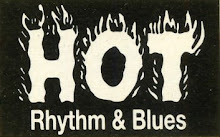








%2045%20-%2060479B.png)
.jpg)















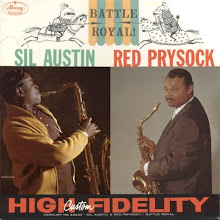

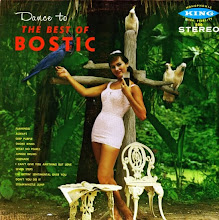
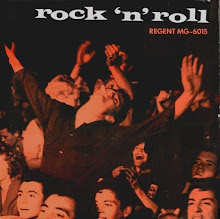
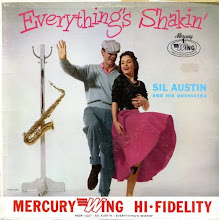






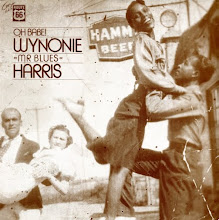

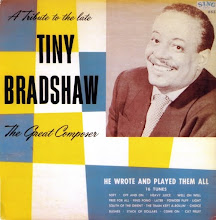





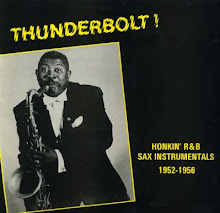

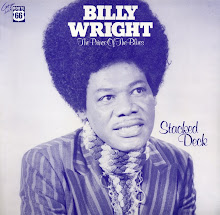










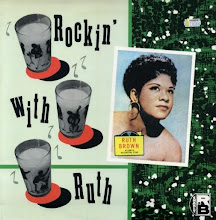


5 comments:
Thanks Boogiewoody ... here's a question for you ... who was the first female Rhythm & Blues artist ... daft I know but my daughter has asked that question ... over to the experts in this field.
Baron
Hi Baron
Tell your daughter Uncle Boogiewoody says - Billie Holiday, Lil Green and Ella Mae Morse.
They're the female artists listed on the first black music chart - Billboard's Harlem Hit Parade of October 24th 1942. Ella Mae Morse, although not credited on the chart, was the vocalist on Freddie Slack's "Mister Five by Five" which was listed at number 3.
Well that's quite a good answer, isn't it?
Thanks BW ... Lil Green's recording looks the favourite ... now to hunt it down.
Info passed to my Daughter - Baron
Boogiewoody, without going to a lot of trouble, do you know what the Billie Holiday tune was on that first chart? With Lil Green, I'm assuming it was "Why Don't You Do Right?" Wrong? Marie
P.S. I can't work out the complicated hand sign so I'll try the hip records angle.
Hi Marie
Trav'lin Light - Paul Whiteman and Billie Holiday (Capitol 116)
Let's Be Friends - Lil Green (Bluebird 8895)
B
Post a Comment